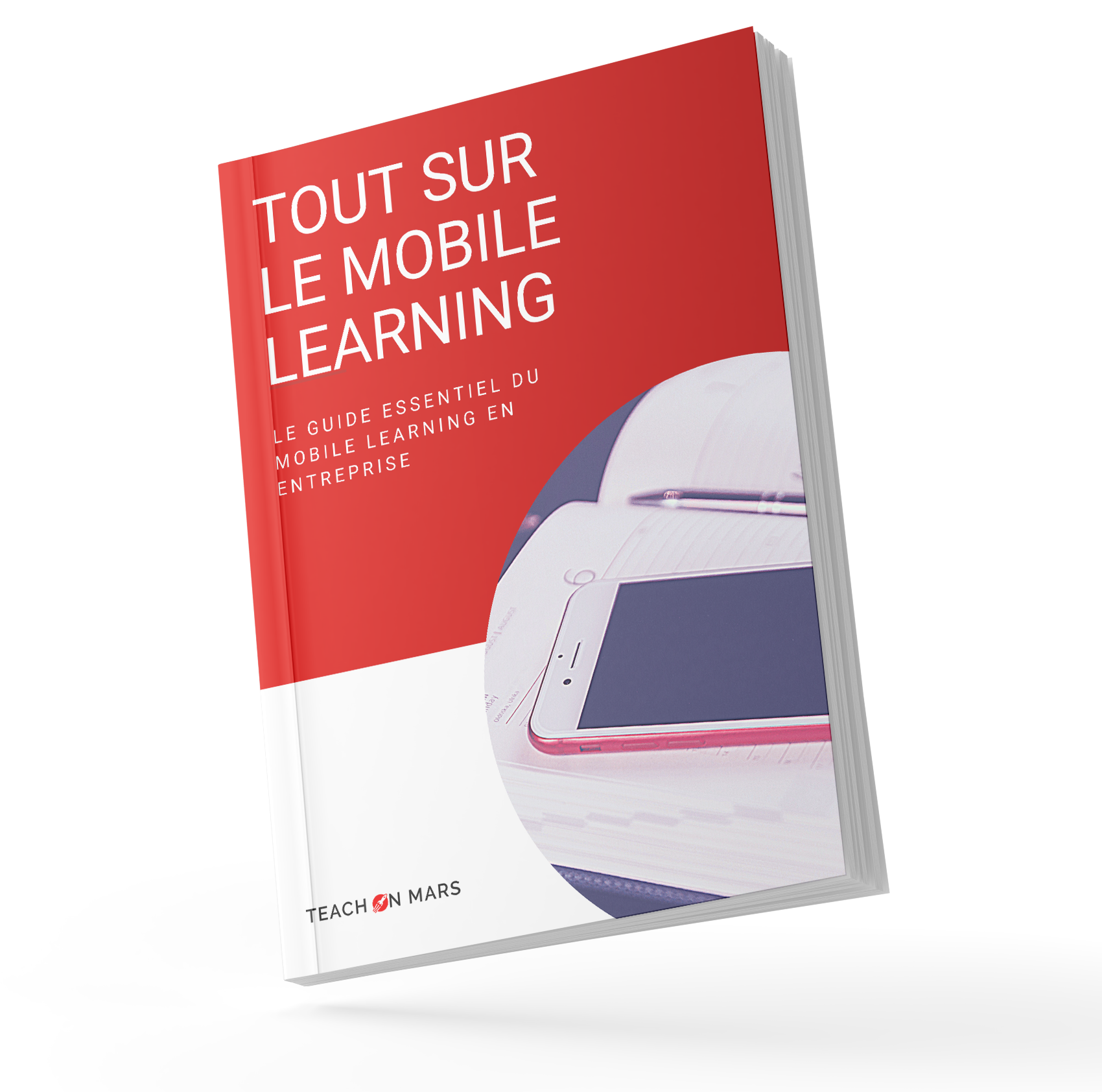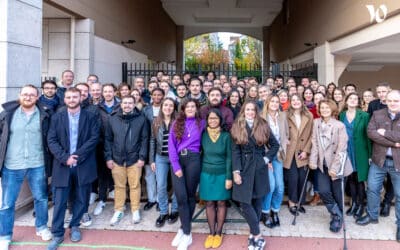Social learning, the learning organisation, collective intelligence – so many terms that regularly come back into fashion, with a slightly different flavour each time…
What are learning experts looking for behind these inspiring formulas? What do they actually mean in reality? Sellers of dreams or enthusiastic visionaries? How do we separate the wheat from the chaff in companies that increasingly believe in making employee learning and development central to their strategy (1)?
Let’s go back in time first…
The rapid development of information technology in the 2000s soon made classroom-based learning look old hat, overly academic and complicated to deliver. This resulted in more “experiential” or “digital” systems that each had their hour of glory but also their limitations, either in terms of learning effectiveness, learner engagement, or… both. Serious games opened the way to gamification, and the arrival of MOOCs introduced the concept of training delivered at a set pace and laid the foundations for distance learning among peers. This list isn’t exhaustive but you get the idea: digital learning – or any other scientific/marketing name used to describe new ways of learning – mustn’t make the mistake of eliminating or devaluing the different methods that preceded it, because they all helped to build a multimodal structure replete with many possibilities.
What is social learning?
Social learning – which we would define as the possibility of learning via productive face-to-face or distance-learning interactions between peers and/or with experts – should, we believe, be thought of more as a new colour on the trainer’s palette that can be mixed with existing shades to create rich and durable forms of learning. The power of these interactions isn’t something new; we all have clear memories of on-the-fly learning acquired during an end-of-session discussion, a debate over coffee (or beer depending on the hour), or real-life manoeuvres on whatever our work surface happened to be.
Today, three factors affect the impact of this phenomenon:
- the learning format is more digital: sharing is done remotely, via instant chat tools or discussion forums,
- the volumes of information exchanged are exponential and constantly changing,
- the people dialoguing don’t necessarily know each other, and may never have seen each other.
Each factor has its own challenges. For the first, technological and ergonomic robustness is key: the virtual space where the interaction takes place has to be fully operational and accessible. In terms of the second, we need to learn how to conduct a selective sort (my great passion) of all the information available, and this data shouldn’t be sorted based on the clumsy notion of time, but proactively by relevance rather than passively in terms of the time available. Finally, for the last factor, we should be open and supportive to welcome varied inputs but at the same time be cautious and set strict standards to ensure we select the contributions that make sense and bring real added value.
Collective intelligence and individual stupidity?
Social learning isn’t just the passive consultation of a news feed, liberal use of emoticons and the thumbs up symbol, or the fact that we follow a certain influencer.
Collective intelligence can only emerge if it’s preceded by individual intelligences (of course, darn it!), and therein lies the rub. Digitisation of training has the potential to make it poorer both in terms of content and form. It’s now so easy to produce and consume content that we sometimes forget the intrinsic quality required. As corporate learning professionals, unless we want to see our jobs disappear, we have a duty to maintain this criterion of quality. Here again, there’s no miracle solution – each organisation can build its educational master plan combining criteria and most importantly multiple and original measurement indicators (individual, collective, hot, cold, top-down, bottom-up, collaborative, quantitative, qualitative, etc.).
That being said, let’s get back to our subject: once the learning ecosystem is established on solid foundations in terms of formats and the spread of resources offered, social learning can then be used to multiply the power of these systems. The concept of user-generated content (UGC) is a particularly useful way of enhancing concepts with feedback from a very wide range of sources and the richness of the system is derived from the abundance of these contributions – and their impact – whether supportive or challenging.
UGC or the death knell of the learning professional?
Even if certain rules of brevity, elegance and ethics are comparable, taking part in a learning forum is not the same as posting on Twitter, Instagram or LinkedIn. The difference lies in the contribution of “real substance” that should add value to the original topic, and here again, the L&D professionals can use all of their expertise to encourage contributions while simultaneously supervising them.
Let’s imagine that we could create a universal skill of transmission that has become natural to us as it’s an integral part of our “learning genes” from an early age. I’m optimistic about this dream when I see, for example, the initiatives of my son’s primary school teacher who encourages students to make presentations so that what one pupil learns (we retain 80% of what we teach (2)) is of benefit to others through sharing. How cool is that? Social learning from age 9! After this initial impetus which should be central to our teaching systems, it’s up to the individual to take over, to take responsibility for their ability to select and explore different topics, to work their neurons and not just fill their available brain time à la Tetris. L&D professionals therefore have two major roles to play: helping others learn to learn and then to learn to contribute.
To conclude this article on the successful emergence of a social learning dynamic to boost collective intelligence, I’ve borrowed Cécile Dejoux’s table of the 5 Rs.
It’s therefore up to us as L&D professionals to construct systems that encourage the emergence and perpetuation of social learning to boost collective intelligence, and not to use the term to hide enticing illusions behind it that could have the reverse effect. It’s up to everyone as learners to take responsibility for themselves so that they contribute and share intelligently. Finally, it’s up to our companies and organisations to give themselves the necessary human and organisational resources to ensure that training boosts performance of course, but above all boosts the sustainable development of people and of our societies.
(1) HR TRENDS 2019 – DELOITTE – 84% of HRDs report that training is their second strategic priority
(2) Compare with the famous 70 – 20 – 10 (70% of learning linked to our experiences and daily activities, 20% in social interactions, 10% through traditional learning) and the learning pyramid
Article published in Digital Learning Book 2019 by IL&DI.

Tiphaine joined the crew of Teach on Mars after 13 years in multi-modal training strategy consulting. She was trainer, educational engineer, head of an e-learning center, consultant and support for major projects, director of a digital division … she now shares with pleasure and expertise, her rich experience of digital learning.





